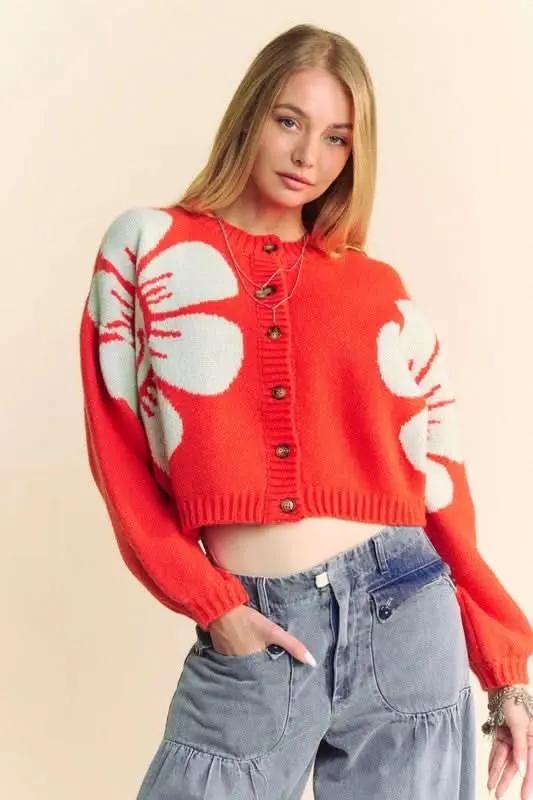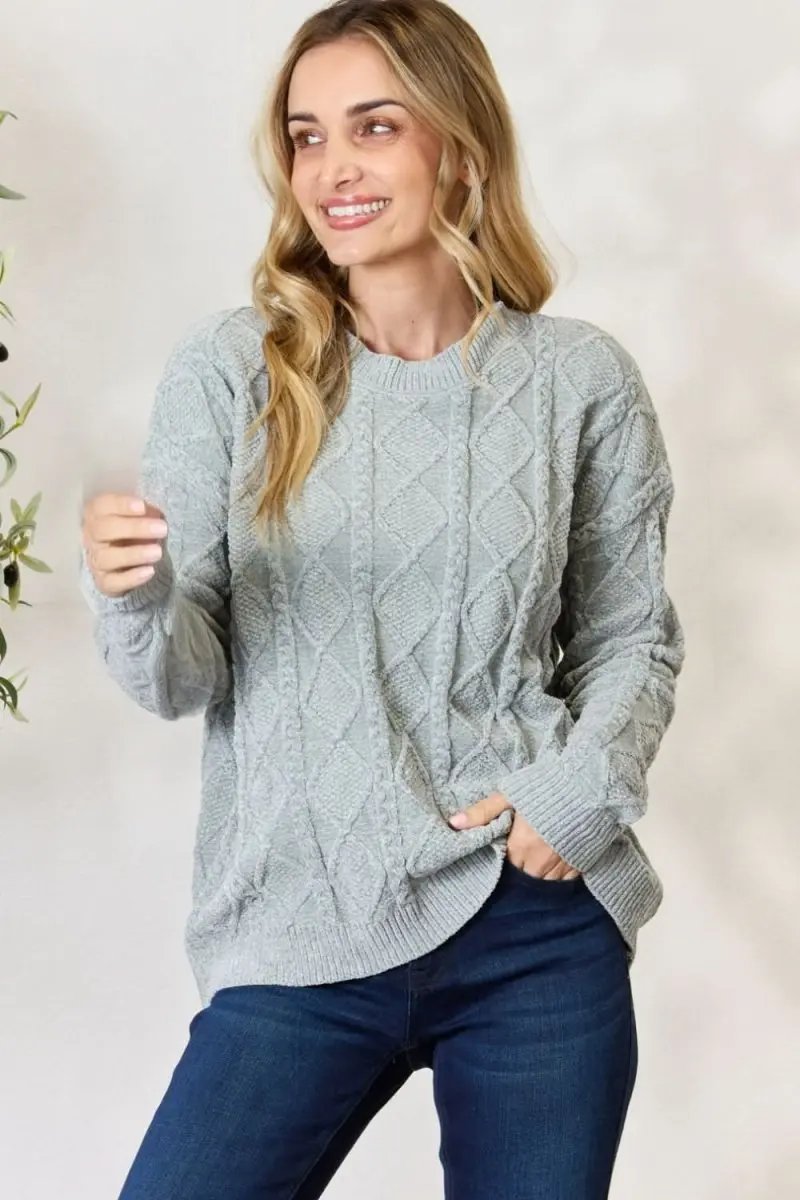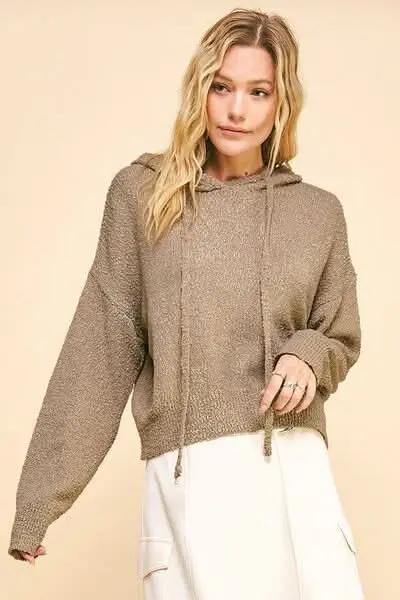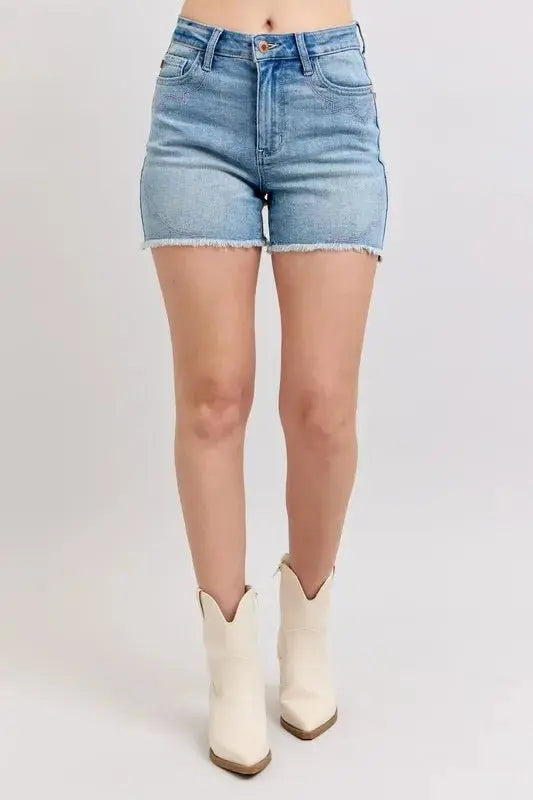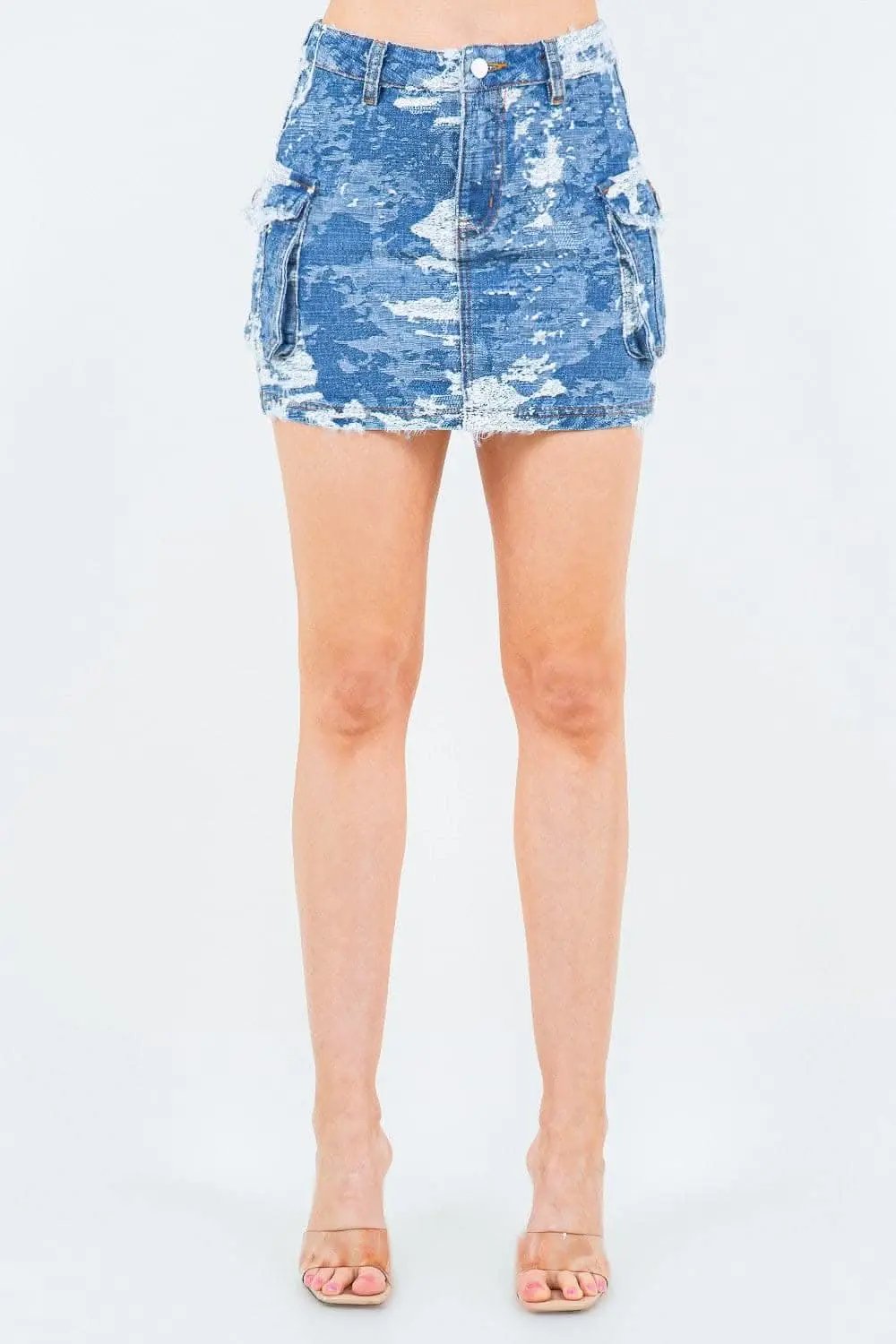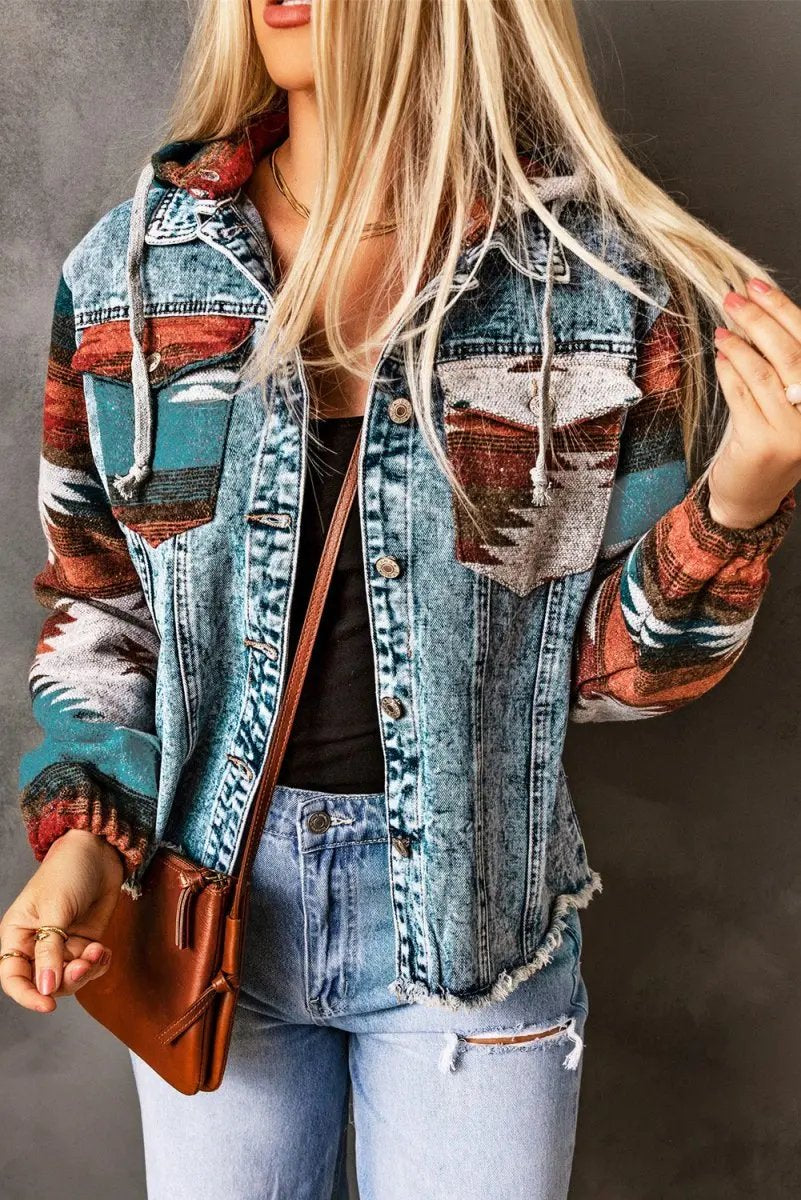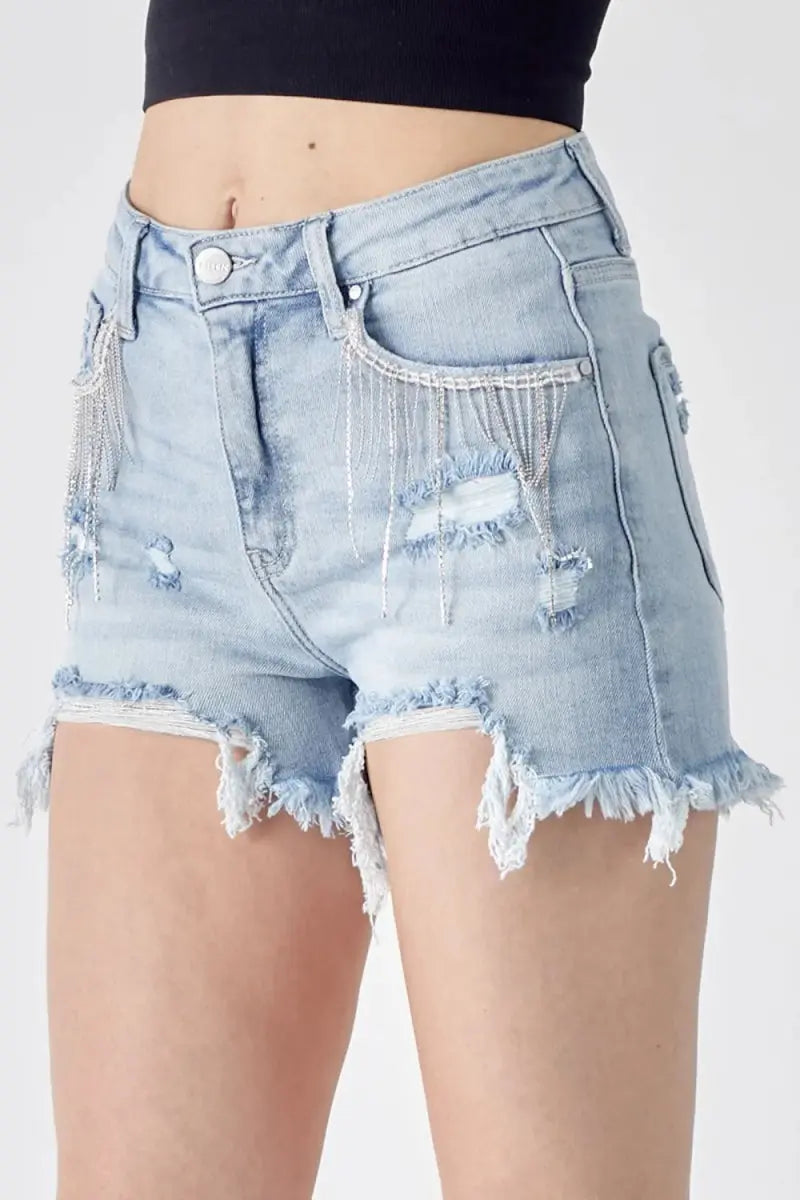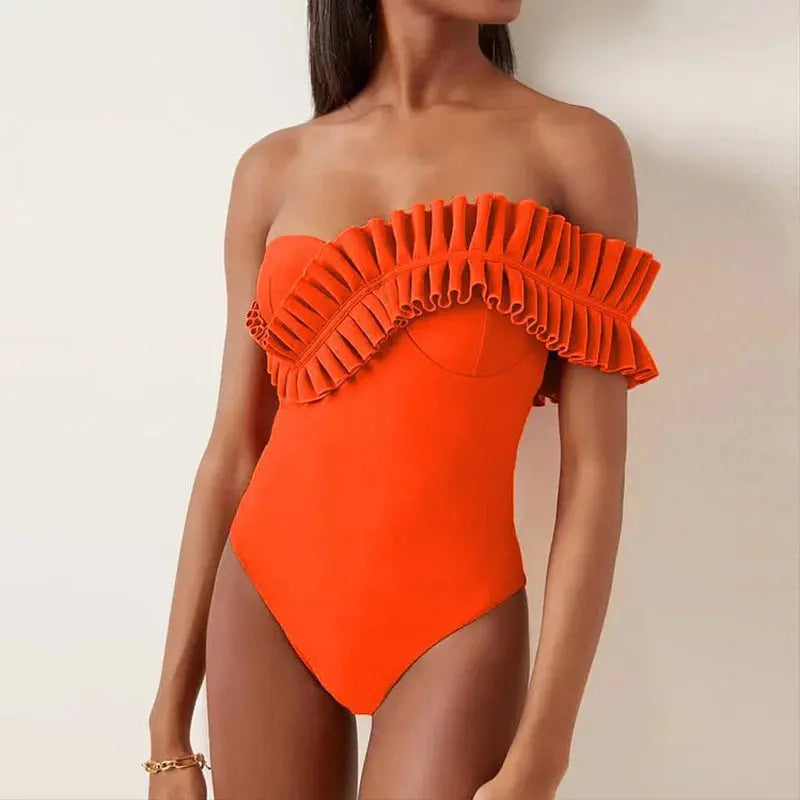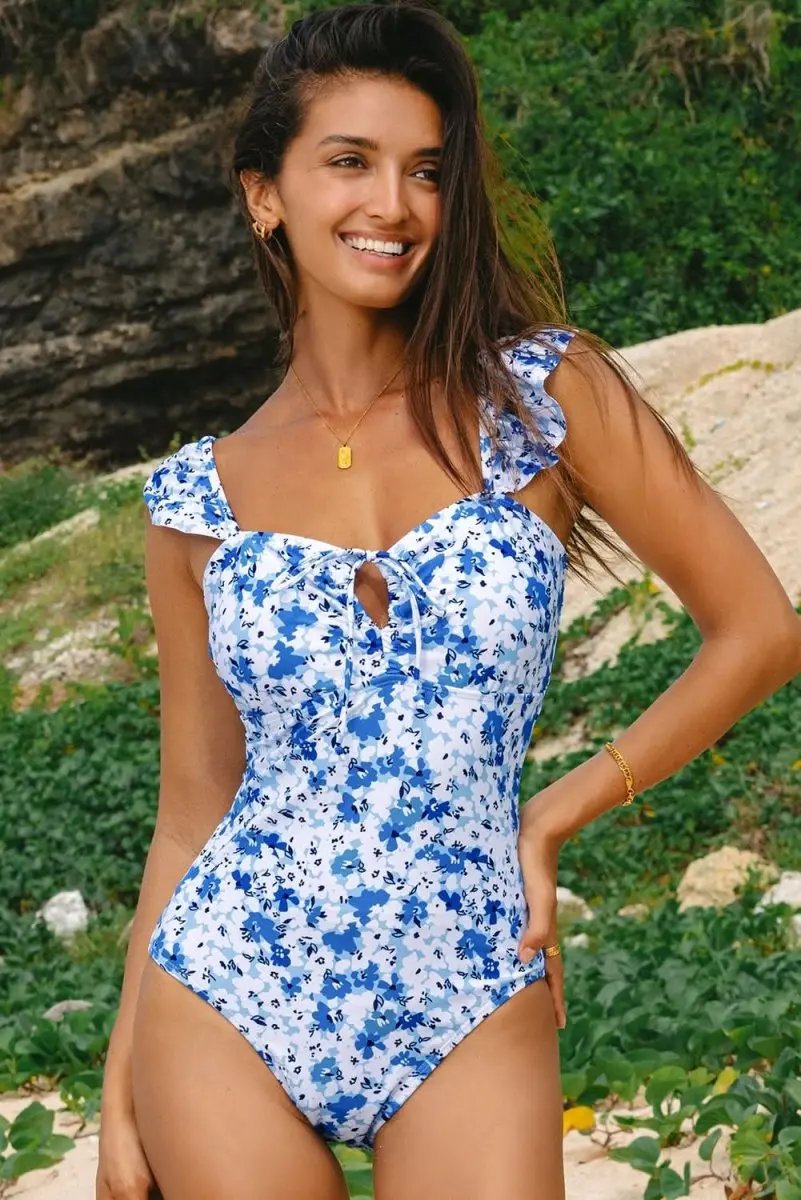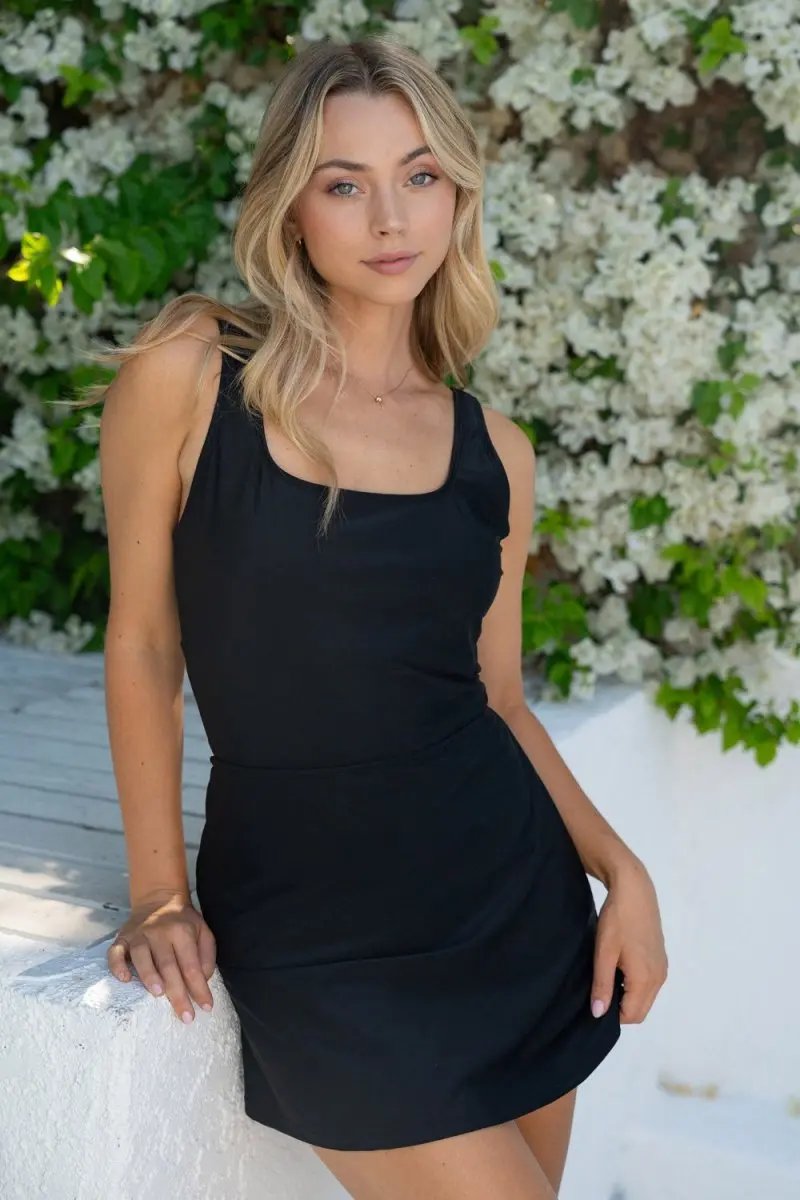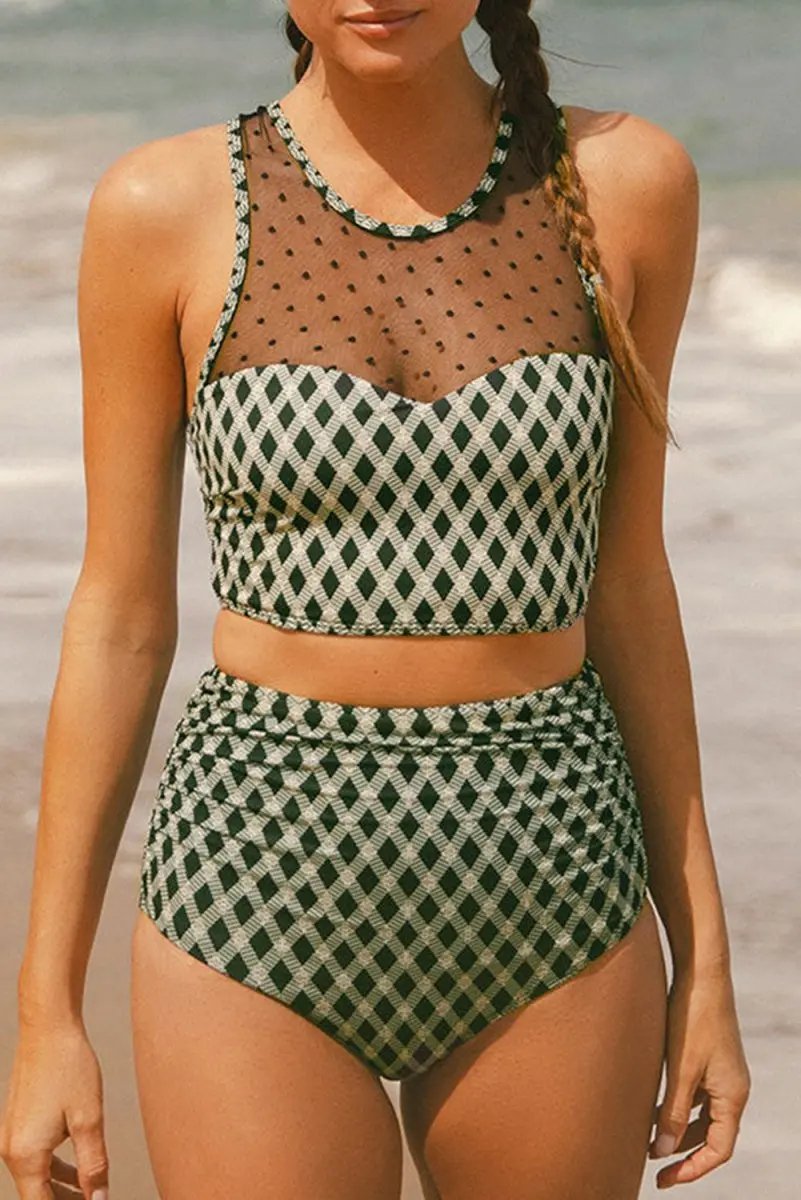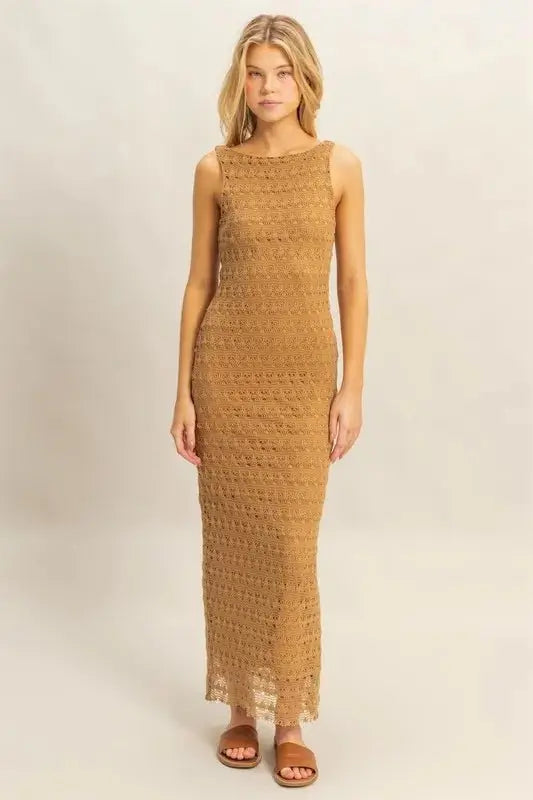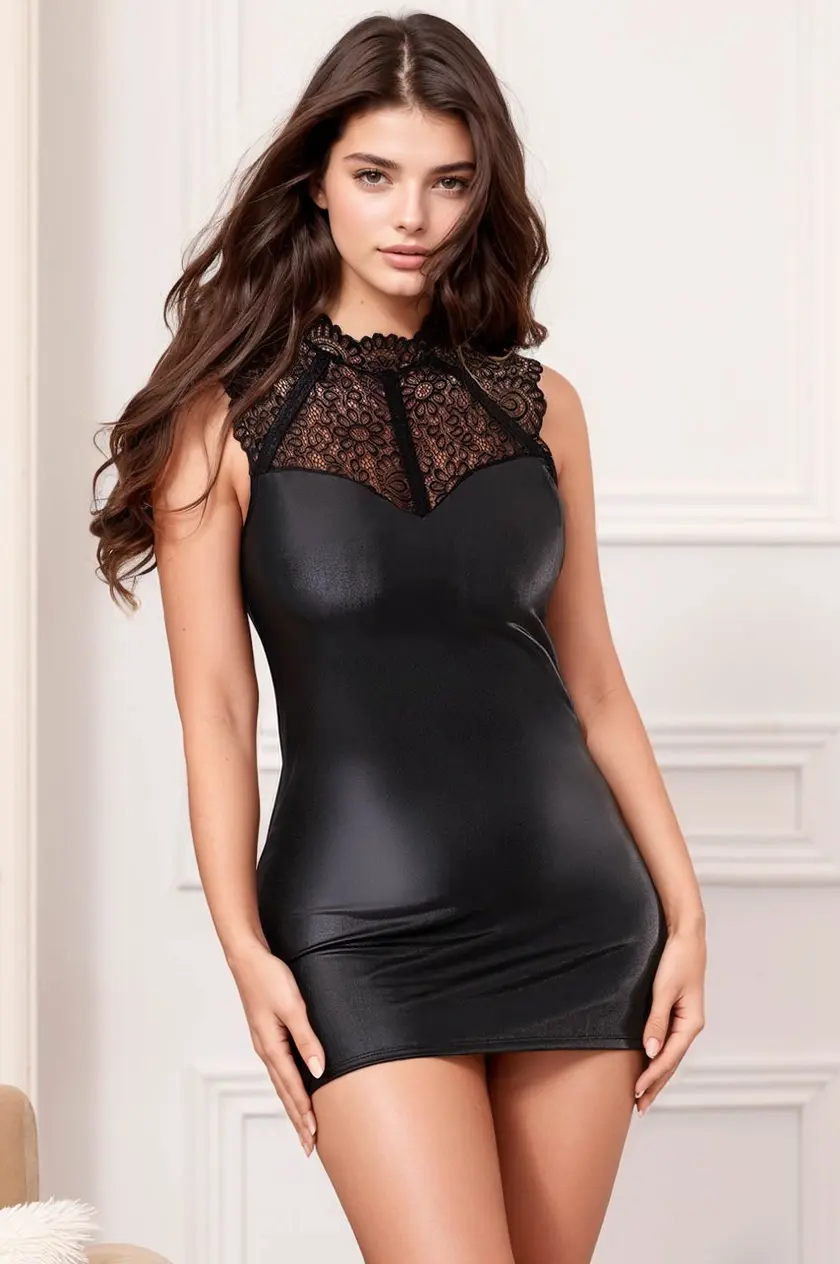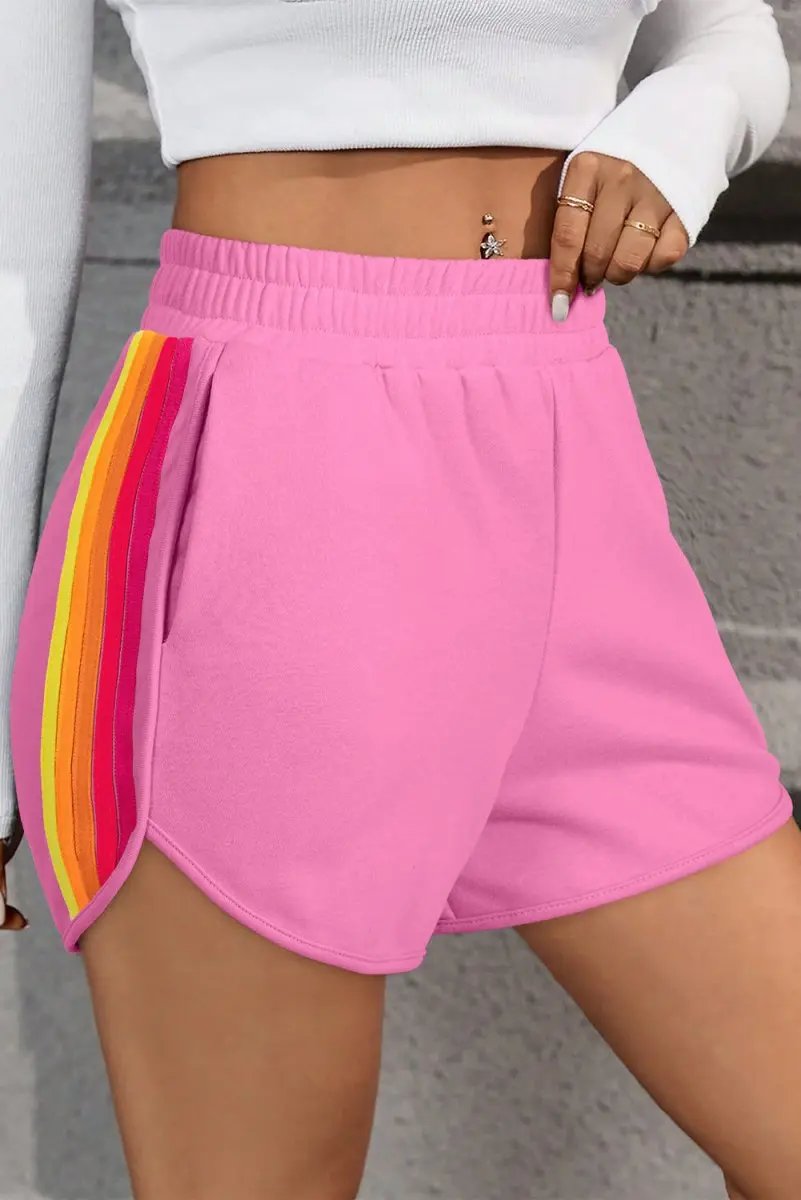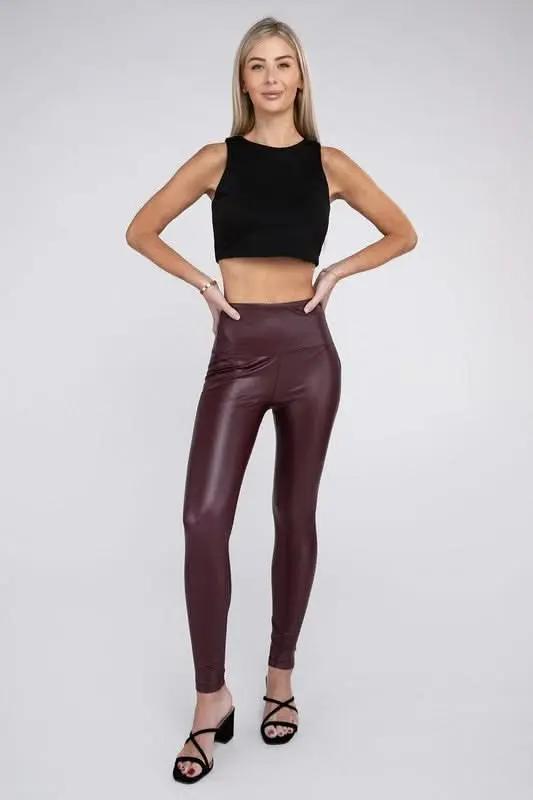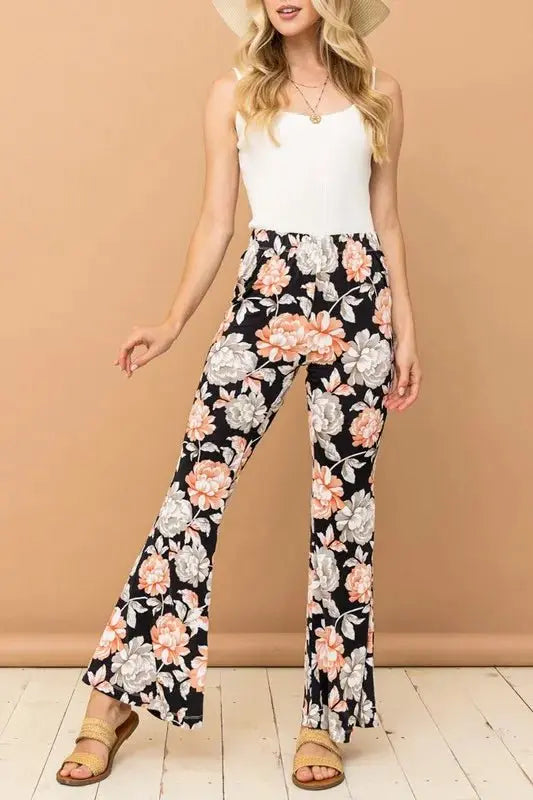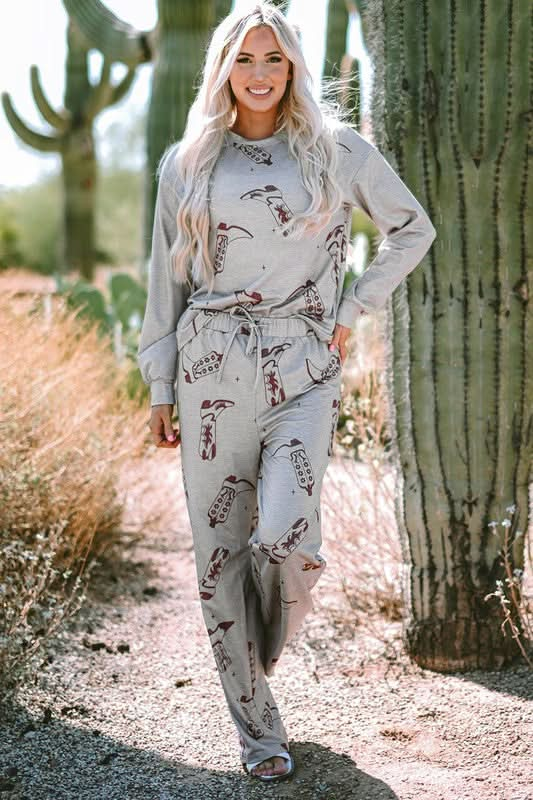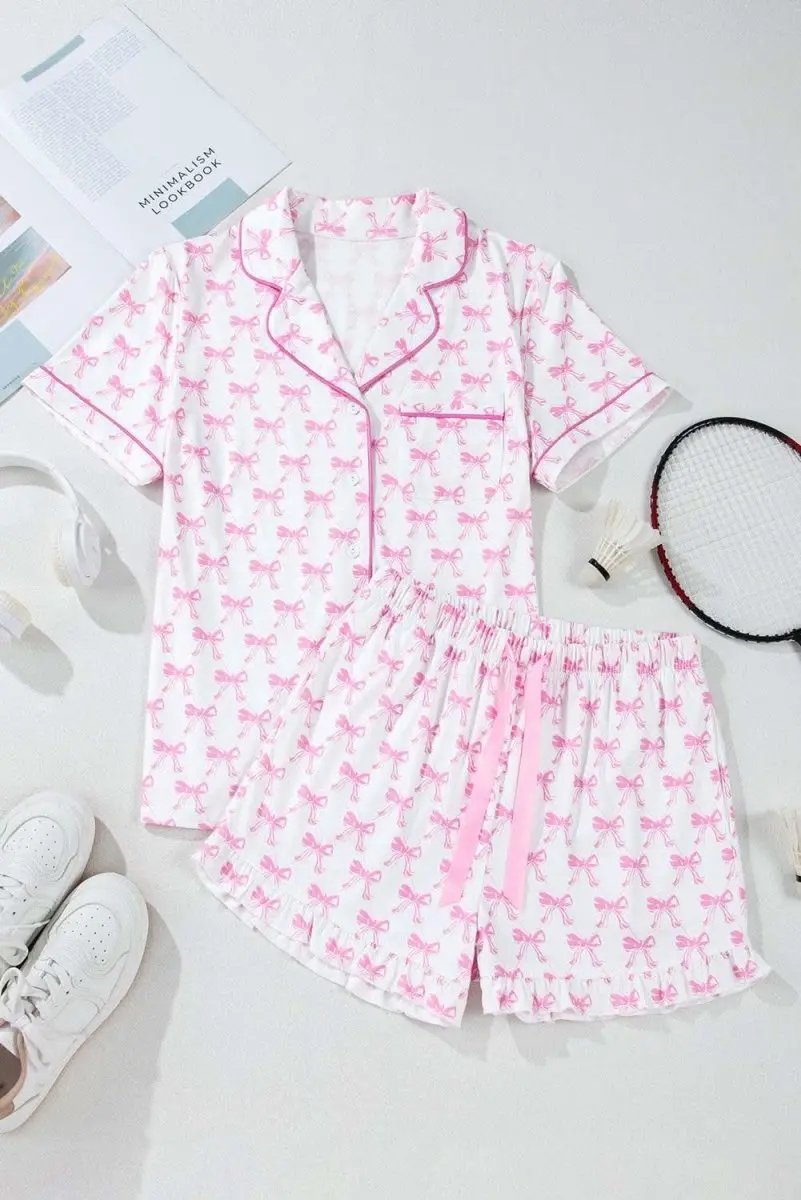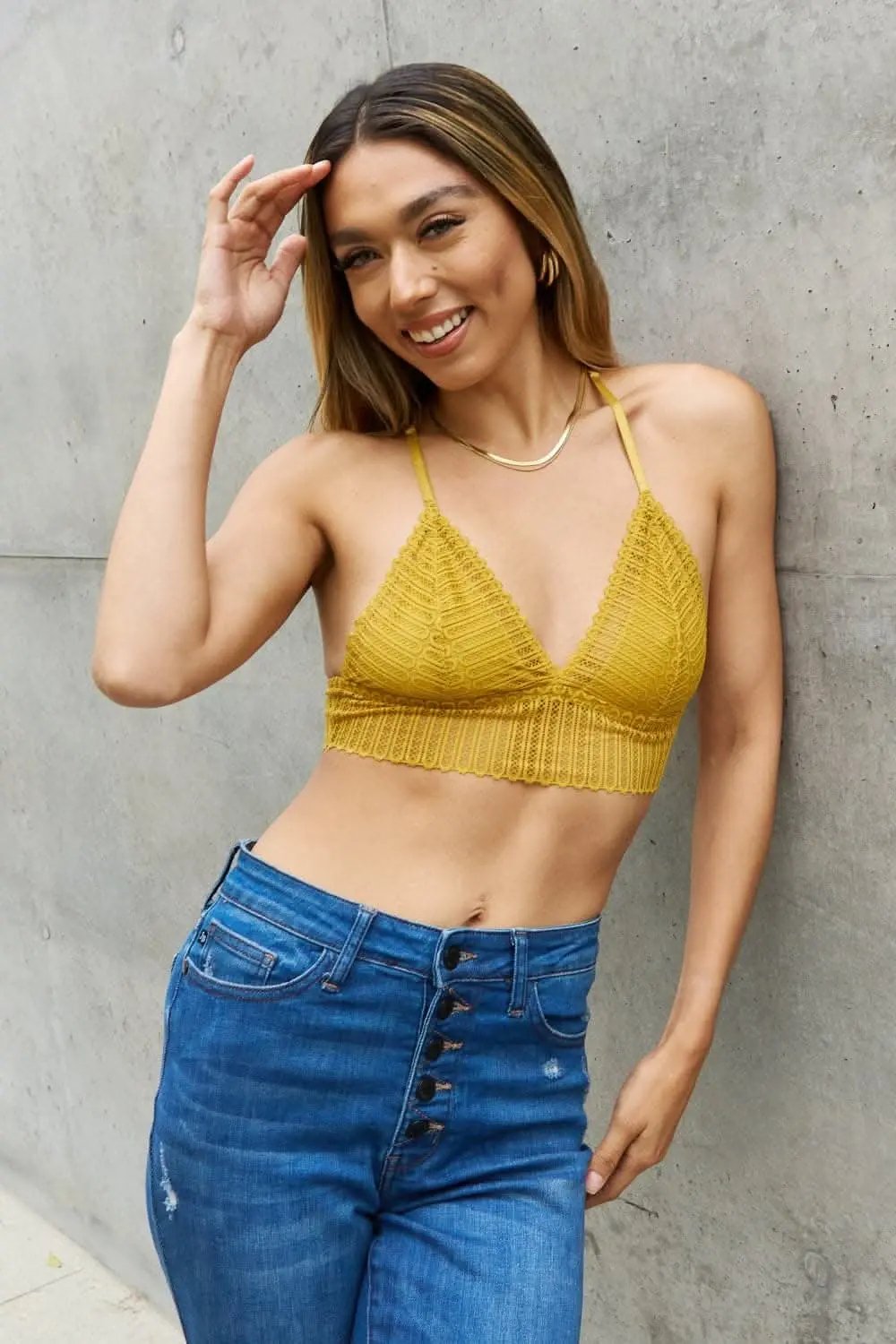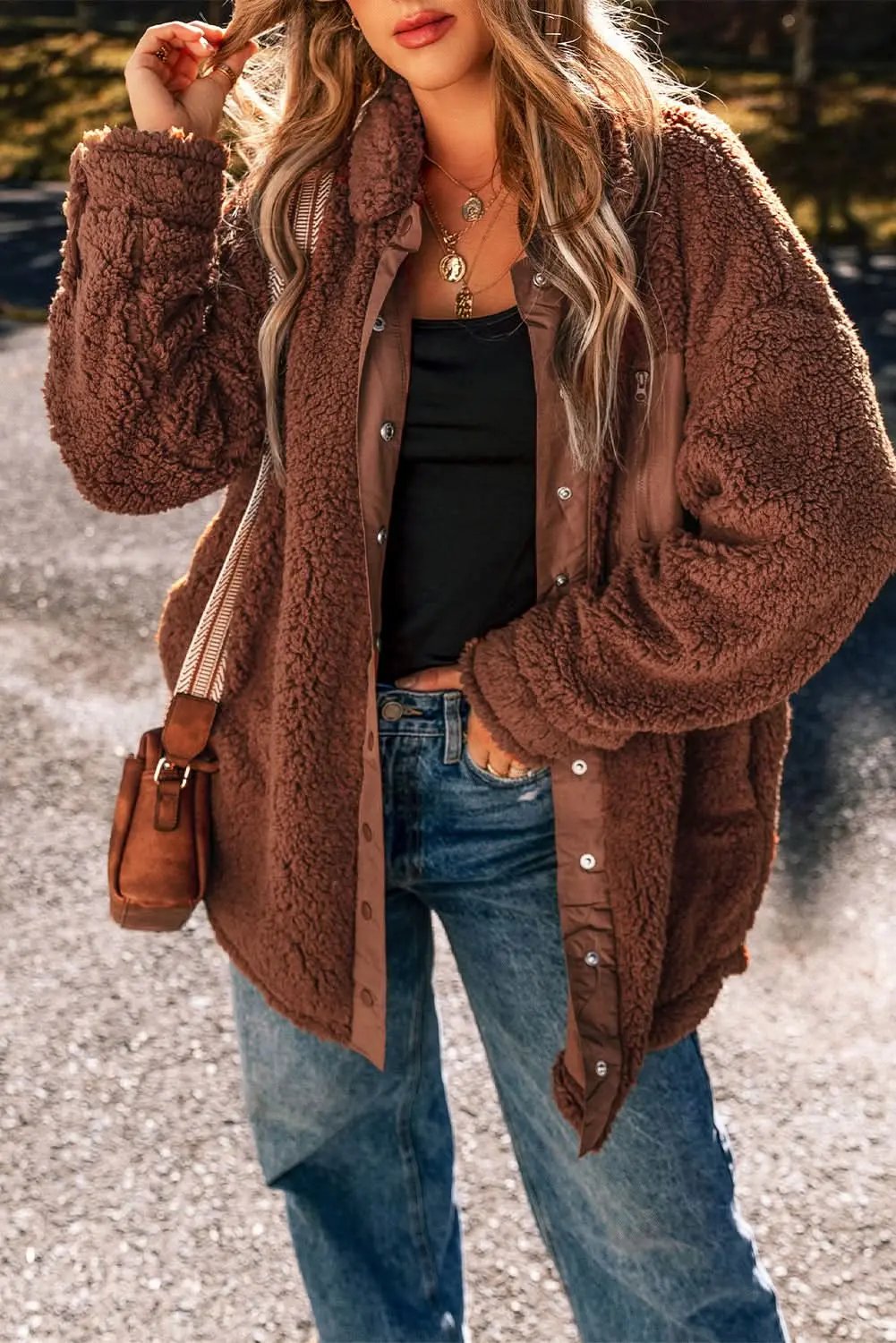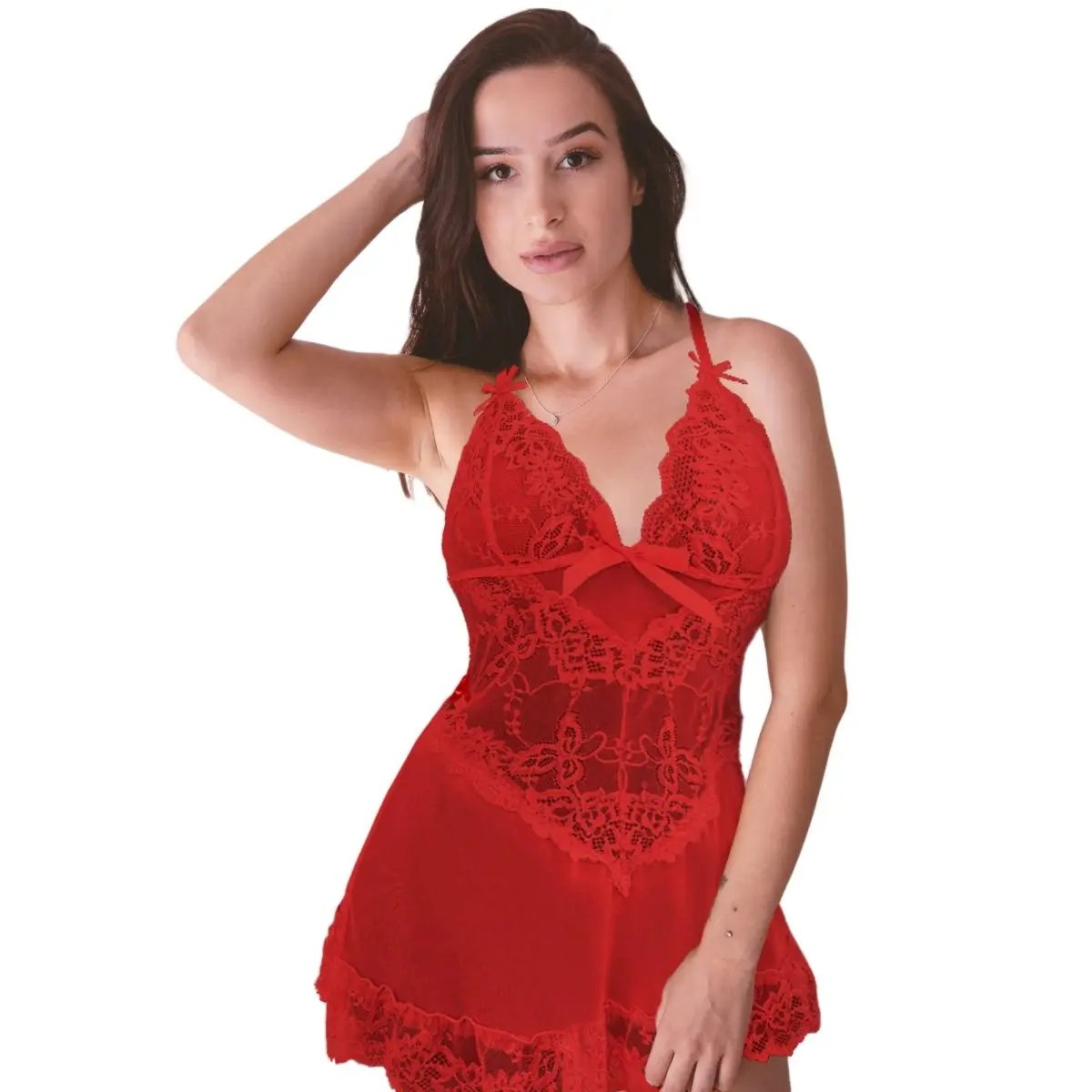Introduction: From Closet Chaos to Calendar Confidence
If you wear plus-size clothing and are tired of decision fatigue every morning, a thoughtfully built capsule wardrobe can be life-changing. The Flying Tomato plus-size capsule emphasizes bold tomato-red accents paired with complementary neutrals and flattering silhouettes. This long-form guide takes you step-by-step through auditing and photographing your wardrobe, building a searchable digital catalog, creating outfit formulas, and turning those looks into a weekly calendar so you can wake up, glance at your phone, and get dressed with confidence.
Who This Guide Is For
- Plus-size people who want a practical, stylish capsule without losing personality.
- Anyone who wants to use photos and a digital catalog to speed up outfit decisions.
- People aiming to reduce wardrobe clutter, shop more intentionally, or travel lighter.
How to Use This Article
- Read through the full process and pick a starting point: closet audit or photography session.
- Use the checklists and sample plans to create a 7-day or 30-day challenge.
- Return to sections on fit, fabric, and tech as you build and maintain your capsule.
Why the Flying Tomato Capsule Works for Plus-Size Wardrobes
The idea is simple: add one or two bold tomato-red pieces to an otherwise cohesive, mix-and-match capsule. Tomato red serves as a focal color that boosts confidence while neutrals provide versatility. For plus-size wardrobes, this approach helps balance attention-grabbing color with silhouettes and fabrics that flatter and feel comfortable.
Step 1: Deep Closet Audit — More Than Keep or Toss
Spend a focused session decluttering and evaluating each garment with questions beyond fit: how it makes you feel, how often you wear it, and whether it fits into the Flying Tomato palette and formulas.
- Sort into categories: Keep, Maybe, Tailor, Repair, Donate/Recycle, Seasonal Storage.
- Try everything on and take notes: comfort level, confidence score (1–10), and whether it pairs with tomato-red items.
- Measure garments: bust, waist, hip, length, and sleeve. Record size on a tag or in your catalog for shopping reference.
- Identify gaps: missing silhouettes, missing neutral base pieces, or lack of travel-friendly options.
Step 2: Decide Capsule Size and Scope
Your lifestyle determines capsule size. Be realistic about laundry frequency, activities, and variety needed.
- Minimal 12–15 pieces: good for very small closets and business travel.
- Classic 18–24 pieces: balanced for most people, includes 2–3 tomato-red statement pieces.
- Extended 25–35 pieces: more casual or seasonally varied wardrobes.
- Include shoes and accessories in your piece count; scarves and belts multiply looks.
Step 3: Build a Cohesive Color Palette
Limiting colors increases outfit possibilities. For a Flying Tomato capsule, choose a base of 2–3 neutrals plus 1–3 tomato-red accents and 1–2 complementary tones.
- Core neutrals: deep navy, black, warm beige, charcoal, or chocolate brown.
- Accent: tomato red (varying intensity allowed: saturated red, rust-red, or tomato-orange).
- Secondary accents: denim blue, olive, mustard, or soft blush for occasional contrast.
Step 4: Fit, Fabric, and Construction for Plus-Size Dressing
Focus on fabrics and construction that support and flatter curves while providing comfort.
- Fabrics to favor: ponte, structured knit, midweight cotton with stretch, wool blends, and soft suiting fabrics that hold shape.
- Fabrics to avoid as core pieces: overly clingy materials without stretch or very thin, low-density knits that lose structure.
- Construction details that matter: defined waistlines, darts, princess seams, supportive shoulder construction, and longer hems for balance.
- Look for garments with thoughtful closures and easy alterations: side zips, adjustable waists, and lots of seaming to work with a tailor.
Step 5: Strategic Undergarments, Shapewear, and Layering
The right foundation can dramatically change how garments hang and feel.
- Bras: get professionally fitted. Support shapes silhouettes and improves posture.
- Shapewear: choose pieces that enhance comfort and movement, not that constrict for long periods.
- Undershirts and slips: lightweight camisoles and half-slips prevent static cling and add modesty with thin knits.
- Layering strategy: mix proportions — fitted base, structured middle, and longer outer layer for elongation.
Step 6: Photographic Workflow — Capture Everything Clearly
High-quality, consistent images are the backbone of a usable digital closet. You don’t need professional gear; a smartphone and a simple setup work well.
- Lighting: shoot in natural, indirect light whenever possible. Morning and late afternoon provide soft light. If shooting indoors on cloudy days, use two daylight-balanced lamps to minimize shadows.
- Background: use a plain wall, neutral sheet, or panel. Avoid busy patterns that distract from color and shape.
- Camera settings: use the highest resolution, enable grid lines for consistent framing, and lock exposure to prevent brightness shifts between photos.
- Angles and shots: full-length front, full-length back, side, flatlay, and details (label, fabric close-up, seams). If possible, photograph a garment on you and on a hanger to show fit and drape.
- Consistency: place items at the same distance and height. Use a tripod or prop the phone on a stack of books for repeatable framing.
- Props and staging: keep it minimal. Use a full-length mirror or a mannequin to show fit. A simple belt or scarf styled with the item gives context.
- File naming: use descriptive names with keywords and the year, for example: flying-tomato-blazer-plus18-2025.jpg. This helps later search and image SEO if you publish photos.
- Metadata: add short captions in your catalog with keywords like plus-size blazer, tomato-red blazer, flattering blazer for curves.
Step 7: Editing and Optimizing Your Photos
Edit for clarity and accuracy — not dramatic color change. The goal is truthful representation so you know what to expect each morning.
- Crop uniformly; maintain margins so thumbnails are readable.
- Adjust exposure and white balance only as needed to match the garment color in real life.
- Sharpen slightly and export at web-friendly sizes if you plan to use images in apps or your calendar (1000–1600 pixels on the long side is usually sufficient).
- Keep original high-resolution files backed up in cloud storage for replacement or resale photos.
Step 8: Build a Searchable Digital Catalog
Organize photos and metadata so you can filter by color, season, mood, or formality.
- Choose a platform: dedicated apps (Stylebook, Smart Closet), Airtable or Notion for custom databases, Google Sheets for simple lists.
- Minimum fields: name, category, colors, sizes, photos, tags (season, mood, formality), brand, fabric, care, purchase year.
- Advanced fields to consider: wear frequency, cost-per-wear estimate, tailor notes, outfit pairings, date last worn.
- Tagging system: use consistent tags like casual, office, travel, date-night, tomato-red so search returns predictable results.
Step 9: Create Outfit Formulas and a Mix-and-Match Matrix
Outfit formulas let you create looks quickly. A mix-and-match matrix helps visualize combinations that work.
- Core formula components: top + bottom + layer + shoes + 1 accessory. For dresses: dress + layer + shoes + accessory.
- Build 12–20 staple formulas that use each tomato-red piece at least 3 times across the set.
- Create a matrix in your catalog: rows for tops, columns for bottoms, and mark successful pairings with notes on shoes and layers.
- Label formulas for occasions: commute, hybrid office, client meeting, date night, weekend errands, travel day.
Step 10: Plan Your Weekly Calendar — Practical Closet-to-Calendar Habits
Turn outfit planning into a weekly routine. The calendar is not just for events but for outfits, attached photos, and reminders.
- Pick a planning ritual: Sunday evening or Friday night for the following week.
- Create calendar events named Outfit: Monday, Outfit: Tuesday, etc., and attach the outfit photo and a short note with weather and commute needs.
- Use color coding for formality or mood: red for client days, blue for casual, green for travel.
- Always plan a backup outfit event in a different slot in case of spills, unexpected weather, or laundry issues.
- Set a reminder the night before to lay out or steam the outfit to save morning time.
Sample 7-Day Flying Tomato Weekly Plan with Variations
Use these sample looks to guide your own week. Each includes variations for temperature and formality.
- Monday — Client Presentation: tomato-red structured blazer + white silk blouse + dark tapered trousers + low block heel. Variation: swap blazer for a tomato-red sheath dress if you prefer a single-piece statement.
- Tuesday — Creative Day: denim shirt tucked into olive midi skirt + red scarf + loafers or sneakers for comfort. Variation: layer with a longline cardigan for warmth.
- Wednesday — Hybrid Office: lightweight trench + fitted tee + ponte leggings + ankle boots. Variation: replace leggings with pencil skirt for more formal tone.
- Thursday — Networking Event: wrap dress in neutral with tomato-red clutch + heeled booties. Variation: tomato-red dress with blazer for a bolder look.
- Friday — Casual Friday: oversized tomato-red knit + black jeans + fun earrings + slip-on sneakers. Variation: add a belt to define waist if desired.
- Saturday — Weekend Errands: camisole + denim jacket + flowy skirt + sandals. Variation: swap sandals for sneakers if lots of walking is expected.
- Sunday — Comfort Day: soft midi dress + long cardigan + flats for a relaxed day. Variation: add a crossbody bag for outings.
Step 11: Templates, Checklists, and Printable Resources
Turn your planning into reusable templates.
- Weekly outfit planner template: day, primary outfit photo, backup outfit, weather note, special occasion, packing item if traveling.
- Shopping list template: item needed, silhouette, target fabric, target brands, estimated budget, where to try on.
- Alteration tracker: garment, alteration needed, tailor, cost, date completed.
Step 12: Maintenance — Laundry, Care, and Seasonal Rotation
Keeping the capsule functional requires a maintenance rhythm.
- Document care instructions in your catalog to preserve color and fabric integrity.
- Set periodic reminders: deep-clean every 3 months, seasonal swap every 6 months.
- Repair quickly: fix hems and loose buttons within a month to avoid items falling into disrepair.
- Rotate tomato-red pieces by intensity each season to keep the capsule fresh without full replacement.
Step 13: Intentional Shopping — Buy Less, Choose Better
When you do add items, make sure they integrate into existing formulas and hit multiple use-cases.
- Rule of three: a new item should pair with at least three pieces in your capsule.
- Buy accessories first to test new colors: belt, scarf, bag, or shoes in tomato tones.
- Use the measured shopping list and visit stores prepared with size and fit notes from your catalog.
- When ordering online, check return policies and compare measurements to garments you already own.
Step 14: Sustainability and Cost-per-Wear Thinking
Capsules encourage mindful consumption. Track cost-per-wear and prioritize quality where it matters most.
- Invest in core pieces that see frequent use: blazers, trousers, shoes.
- Save on trendy items or one-off pieces by choosing budget-friendly options for accessories.
- Use a simple cost-per-wear formula: price divided by expected wears per year to make buying decisions clearer.
Step 15: Travel and Packing with a Flying Tomato Capsule
Design a travel capsule from your wardrobe catalog that minimizes luggage while maximizing outfit variety.
- Pick a single tomato-red statement piece that travels well: a blazer or travel-friendly knit.
- Create 7–10 travel outfits from 8–12 items: 2 bottoms, 3 tops, 1 dress, blazer, outer layer, 2 shoes, 2 accessories.
- Pack wrinkle-resistant fabrics and use packing cubes to keep items organized by outfit.
- Save outfit photos for travel days so mornings in a hotel are effortless.
Step 16: Community, Accountability, and Inspiration
Building a capsule is easier with accountability and inspiration from supportive communities.
- Share your progress with friends or social groups doing capsule challenges.
- Join inclusive style communities that celebrate plus-size fashion and real-life outfit examples.
- Use hashtags or private groups to track your 7- or 30-day capsule challenge and get feedback.
Step 17: SEO and Visual Discovery for Your Wardrobe Photos and Blog Content
If you plan to publish outfit photos, a blog, or social content, optimize images and copy for discovery so your Flying Tomato concept reaches like-minded people.
- Image filenames: use descriptive, hyphenated names with keywords and year, for example flying-tomato-blazer-plus-2025.jpg.
- Alt text and captions: write helpful alt text such as tomato-red blazer plus-size structured ponte blazer that describes color, fit, and occasion.
- On-page keywords: include consistent phrases like plus-size capsule wardrobe, tomato-red blazer, plus-size outfit ideas, and weekly outfit planner.
- Metadata: craft an engaging meta description for any published post or gallery that includes a call to action and relevant keywords.
- Structured data: if publishing a blog, use simple schema for articles and image objects to help search engines surface your content.
- Internal and external linking: link to related pages like care guides, fit resources, and trusted product pages to improve user experience and SEO.
Sample SEO-Optimized Image Caption and Alt Text
- Filename: flying-tomato-blazer-plus-2025.jpg
- Alt text: plus-size tomato-red structured blazer styled with dark tapered trousers and white blouse
- Caption: A Flying Tomato staple: a structured tomato-red blazer paired with dark trousers for a client meeting look
Advanced Tips for Photographers and Creators
If you want to level up your images for social or blog posts, try these techniques.
- Use a consistent color profile across all edits to keep tomato-red tones accurate.
- Shoot in RAW when possible, then batch process to maintain color consistency across the catalog.
- Create a photo board or moodboard that shows how tomato-red mixes with textures and neutrals for reference.
- Experiment with lifestyle shots that show outfits in real situations: commuting, working, brunching — these images help with visual memory and blog engagement.
Sample 30-Day Challenge to Cement the Habit
Try this structured challenge to build momentum and test your capsule.
- Days 1–3: Audit and photograph all garments you plan to keep.
- Days 4–7: Build 12 outfit formulas and create a weekly calendar for week 1.
- Days 8–14: Wear and track outfits in your catalog; note comfort, weather, and feedback.
- Days 15–21: Identify missing pieces and create a precise shopping/alteration list.
- Days 22–30: Finalize your capsule, run a seasonal swap plan, and reflect on cost-per-wear and confidence changes.
Troubleshooting Common Issues
- Issue: Tomato-red looks too loud. Solution: introduce it in accessories first or as an inner layer visible only at the collar or cuff.
- Issue: Nothing pairs with a new purchase. Solution: return or exchange, or style with a neutral layer until you test more pairings.
- Issue: Photos look different than reality. Solution: calibrate white balance, or photograph mid-day natural light and avoid mixed lighting.
- Issue: Capsule feels boring. Solution: rotate in a seasonal accent shade, an interesting print that contains tomato-red, or a statement accessory.
Final Checklist Before You Start
- Set aside a day for audit and photography.
- Create a simple digital catalog on Notion, Airtable, or an app.
- Decide your capsule size and pick 1–3 tomato-red statement pieces.
- Build at least 12 outfit formulas and plan your first week on the calendar.
- Schedule a Sunday night review to make the process a habit.
Conclusion: Small Steps, Big Impact
Moving from closet overwhelm to calendar confidence is a practical journey. By photographing pieces, cataloging details, and planning outfits on a weekly calendar, the Flying Tomato plus-size capsule becomes a tool for self-expression and ease. You will save time, reduce wardrobe waste, and feel more consistently put together. Start with one small action today: photograph ten favorite pieces and add them to your catalog. The next morning, pick an outfit from your newly created formulas and notice how much faster you are out the door.
Call to Action: Your 7-Day Starter Plan
- Day 1: Audit and choose 20 pieces to keep.
- Day 2: Photograph all kept pieces with consistent lighting and background.
- Day 3: Upload photos to your catalog and add tags and measurements.
- Day 4: Create 12 outfit formulas that use your tomato-red pieces at least three times.
- Day 5: Plan your week in your calendar and attach outfit images.
- Day 6: Wear outfits and log wear feedback in your catalog.
- Day 7: Review and tweak: note what worked, what to tailor, and any shopping needs.
Resources and Next Steps
- Create a shared folder or private social group to exchange ideas and receive feedback.
- Bookmark one trusted tailoring service and one reliable online retailer that has a good returns policy.
- Consider investing in a basic photo setup: tripod, daylight bulb, and a neutral backdrop to speed up future cataloging.
Ready to transform your mornings? Start today and let the Flying Tomato capsule bring clarity, color, and confidence to your weekly wardrobe routine.
